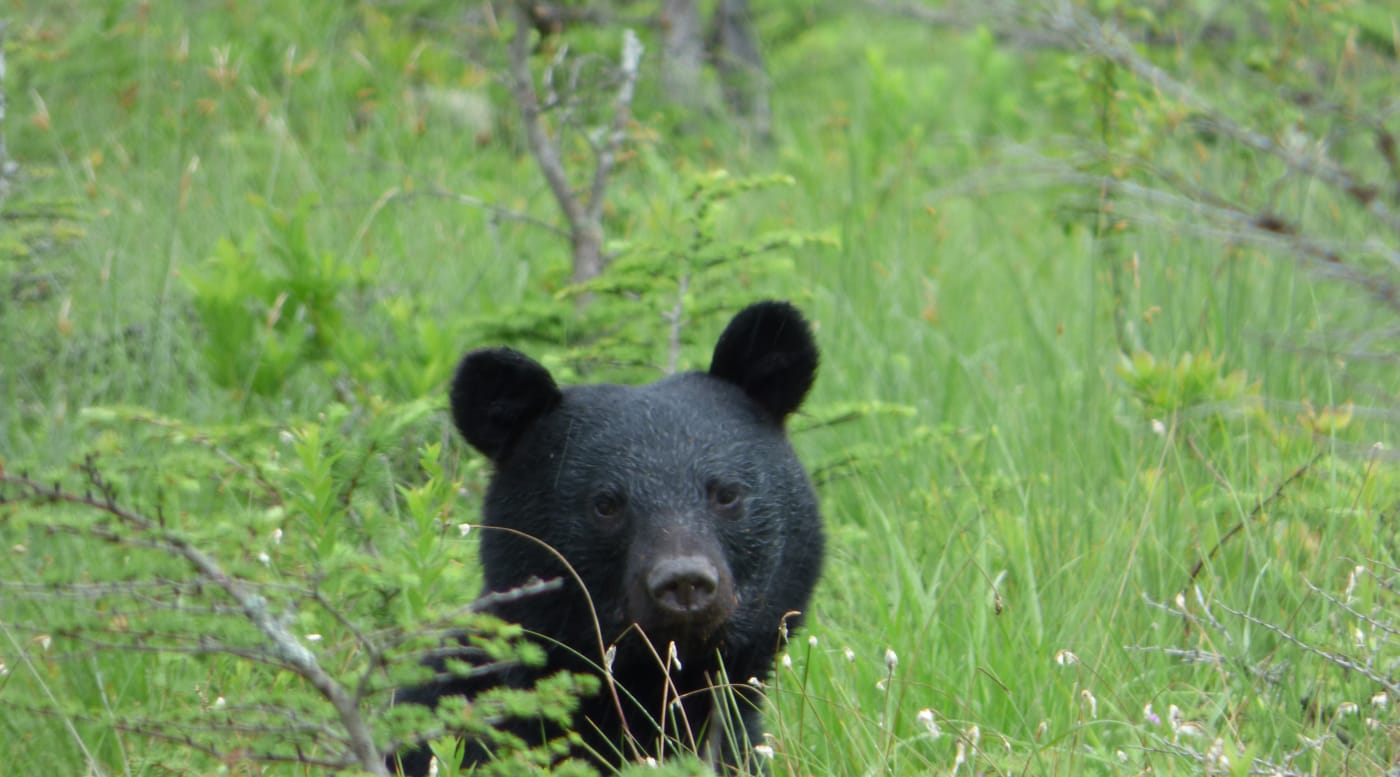As you rise in altitude in the Nasu and Shiobara areas of Nikko National Park, the landscape changes from broadleaf deciduous forests of Japanese beech and oak to coniferous forests of fir and thuja trees. Large mammals like the Japanese serow, Japanese deer and Asiatic black bear inhabit this region, as well as a variety of fish and amphibians.
Above 1,600 meters in the Nikko and Kinugawa areas, you'll find coniferous forests and Erman's birches. The ridgelines and summits above 2,400 meters feature shrubby alpine-belt vegetation, giving you unobstructed views of your surroundings. Fields of cottongrass cover wetlands such as Kinunuma Swamp and Senjogahara. Many Japanese macaques inhabit these areas.



